Technological Advancements in HR Solutions
Technological advancements are playing a critical role in shaping the workforce analytics market in Germany. The proliferation of cloud-based solutions and advanced analytics tools has made it easier for organizations to implement workforce analytics. These technologies enable real-time data analysis, facilitating quicker decision-making processes. Furthermore, the integration of artificial intelligence and machine learning into HR solutions is enhancing the capabilities of workforce analytics tools. As organizations increasingly adopt these technologies, the market is likely to witness substantial growth. The ability to harness technology for workforce analytics not only improves operational efficiency but also provides organizations with a competitive edge in managing their human resources effectively.
Emphasis on Talent Acquisition and Retention
The workforce analytics market in Germany is being propelled by an increasing emphasis on talent acquisition and retention strategies. With a competitive job market, organizations are leveraging analytics to attract and retain top talent. Data-driven insights allow HR departments to identify the most effective recruitment channels and assess candidate fit more accurately. Reports indicate that companies utilizing workforce analytics have seen a 25% improvement in employee retention rates. This focus on talent management is crucial as businesses aim to build a skilled workforce that can adapt to changing market demands. Consequently, the integration of workforce analytics into HR practices is becoming a standard approach for organizations striving to enhance their talent management capabilities.
Focus on Diversity and Inclusion Initiatives
The workforce analytics market in Germany is increasingly influenced by a focus on diversity and inclusion initiatives. Organizations are recognizing the importance of fostering a diverse workforce, which can lead to enhanced creativity and innovation. Workforce analytics tools are being utilized to assess diversity metrics and track the effectiveness of inclusion programs. Data indicates that companies with diverse teams are 35% more likely to outperform their competitors. This driver highlights the growing commitment of organizations to create inclusive workplaces, as they leverage analytics to inform their diversity strategies. As a result, the workforce analytics market is expected to expand as businesses prioritize diversity and inclusion in their HR practices.
Rising Demand for Data-Driven Decision Making
data-driven decision-making Organizations are increasingly recognizing the value of leveraging data to enhance operational efficiency and improve employee performance. According to recent statistics, approximately 70% of German companies are now utilizing some form of workforce analytics to inform their HR strategies. This trend is likely to continue as businesses seek to optimize their workforce management processes. The ability to analyze employee data allows organizations to identify skill gaps, predict turnover rates, and tailor training programs effectively. Consequently, this driver is pivotal in shaping the workforce analytics market, as companies strive to remain competitive in a rapidly evolving labor landscape.
Regulatory Compliance and Reporting Requirements
In Germany, stringent regulatory compliance and reporting requirements are significantly influencing the workforce analytics market. Organizations are mandated to adhere to various labor laws and regulations, which necessitate accurate data collection and reporting. The implementation of workforce analytics solutions enables companies to streamline compliance processes, ensuring that they meet legal obligations efficiently. For instance, the General Data Protection Regulation (GDPR) has heightened the need for transparent data handling practices. As a result, businesses are increasingly investing in analytics tools that facilitate compliance while also providing insights into workforce dynamics. This driver underscores the importance of workforce analytics in helping organizations navigate complex regulatory environments while optimizing their human resource strategies.


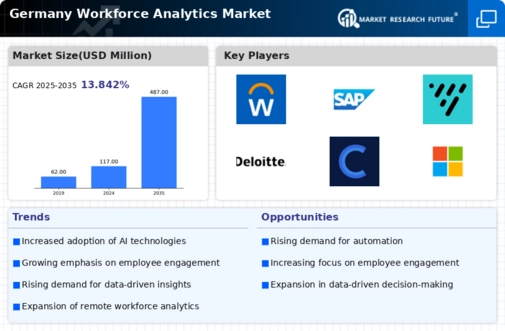
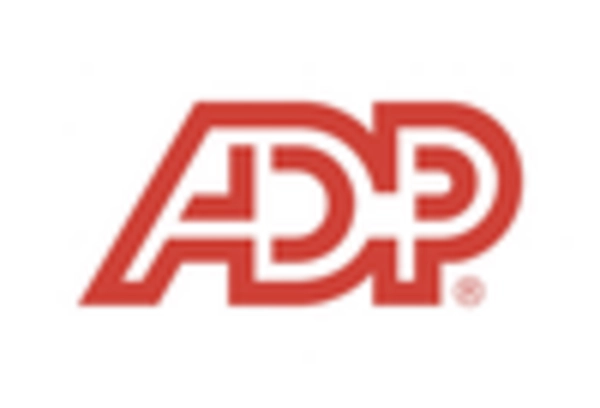
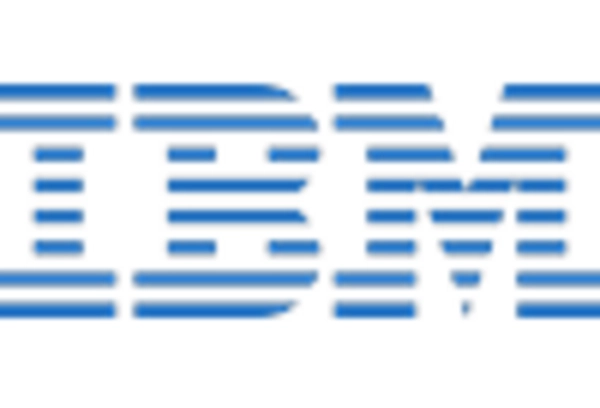

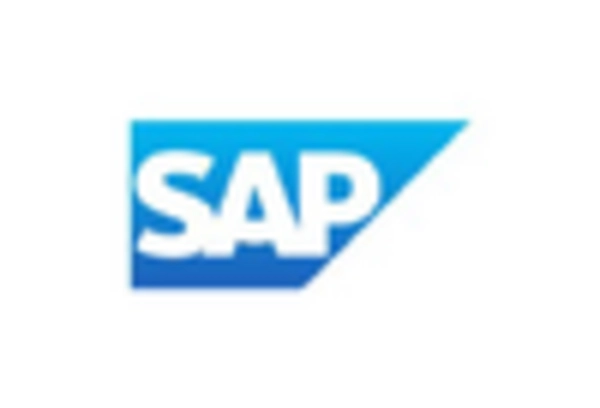
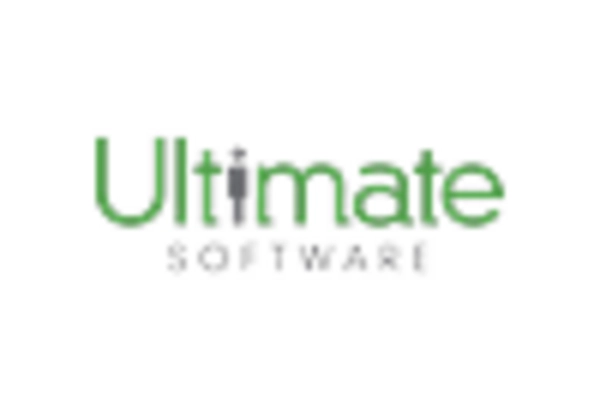









Leave a Comment